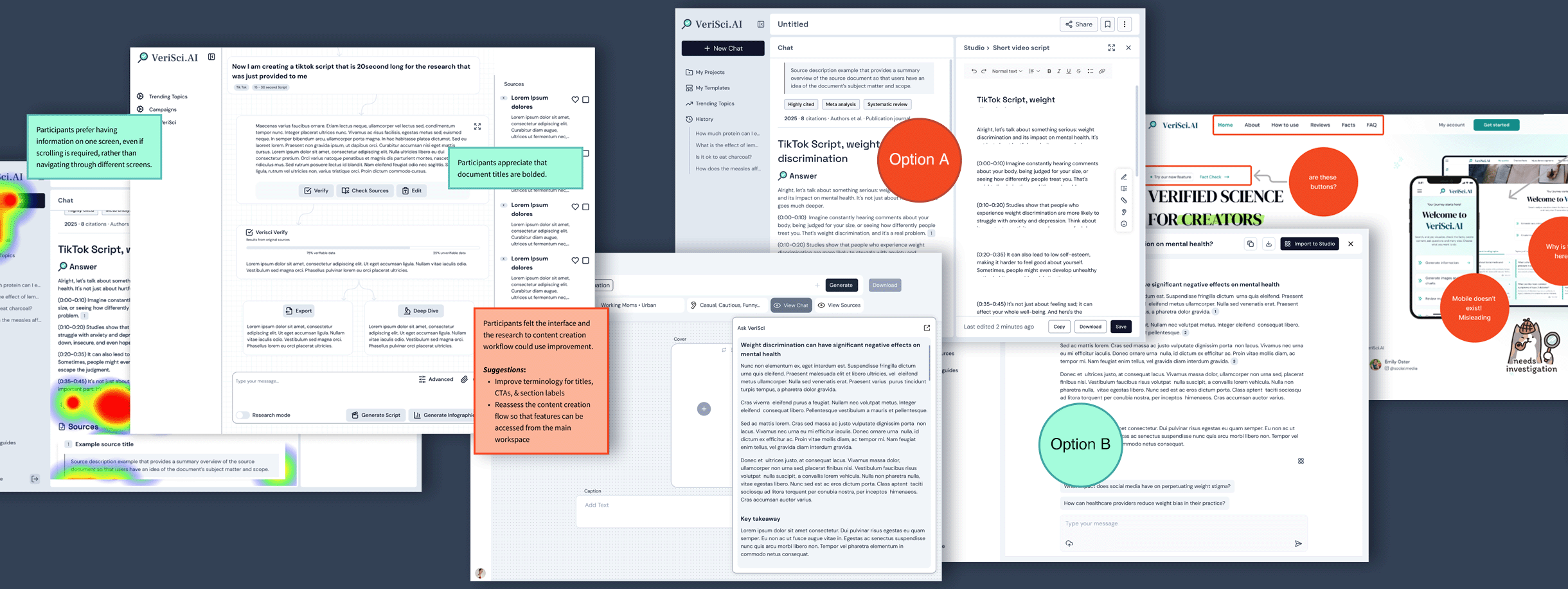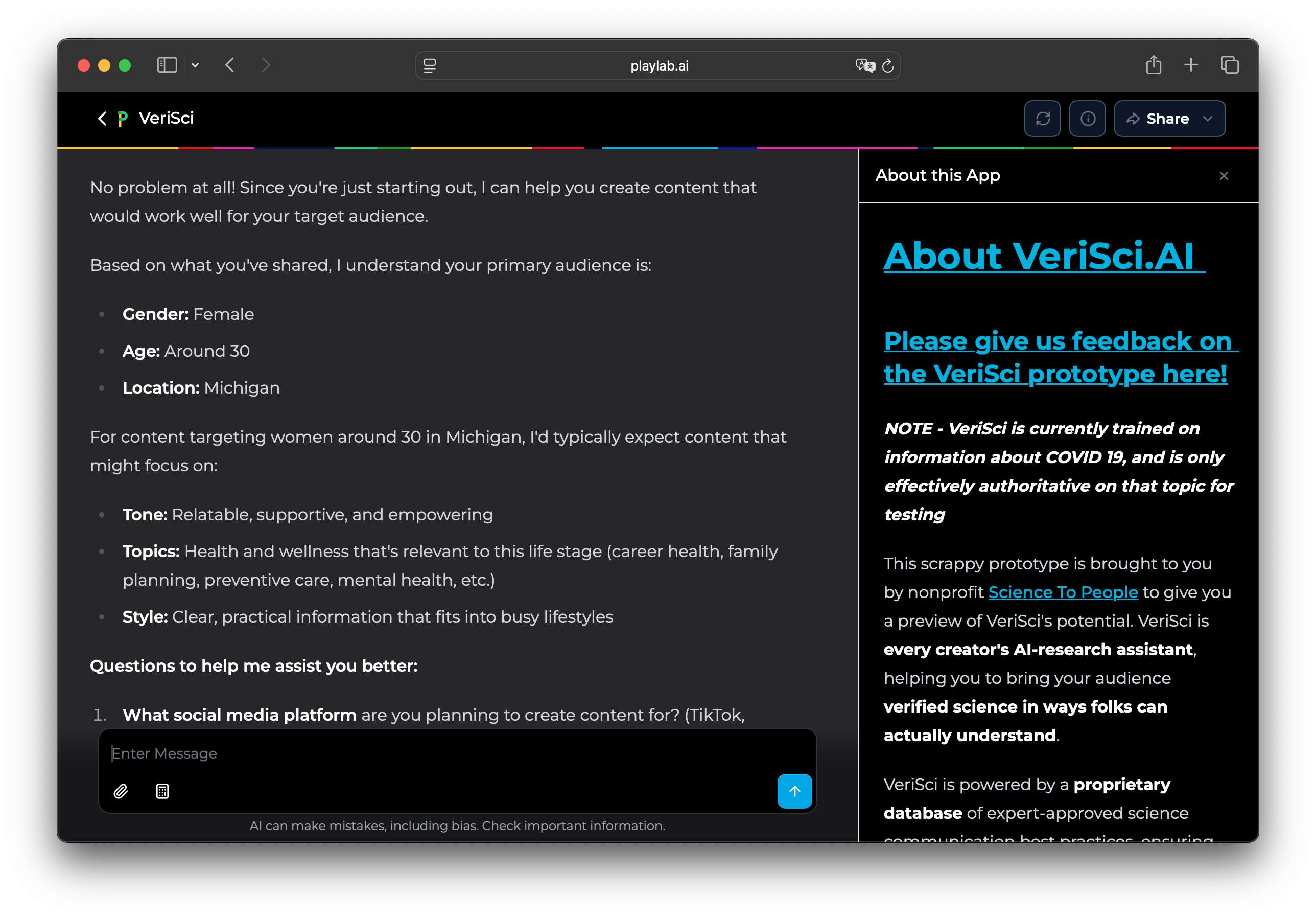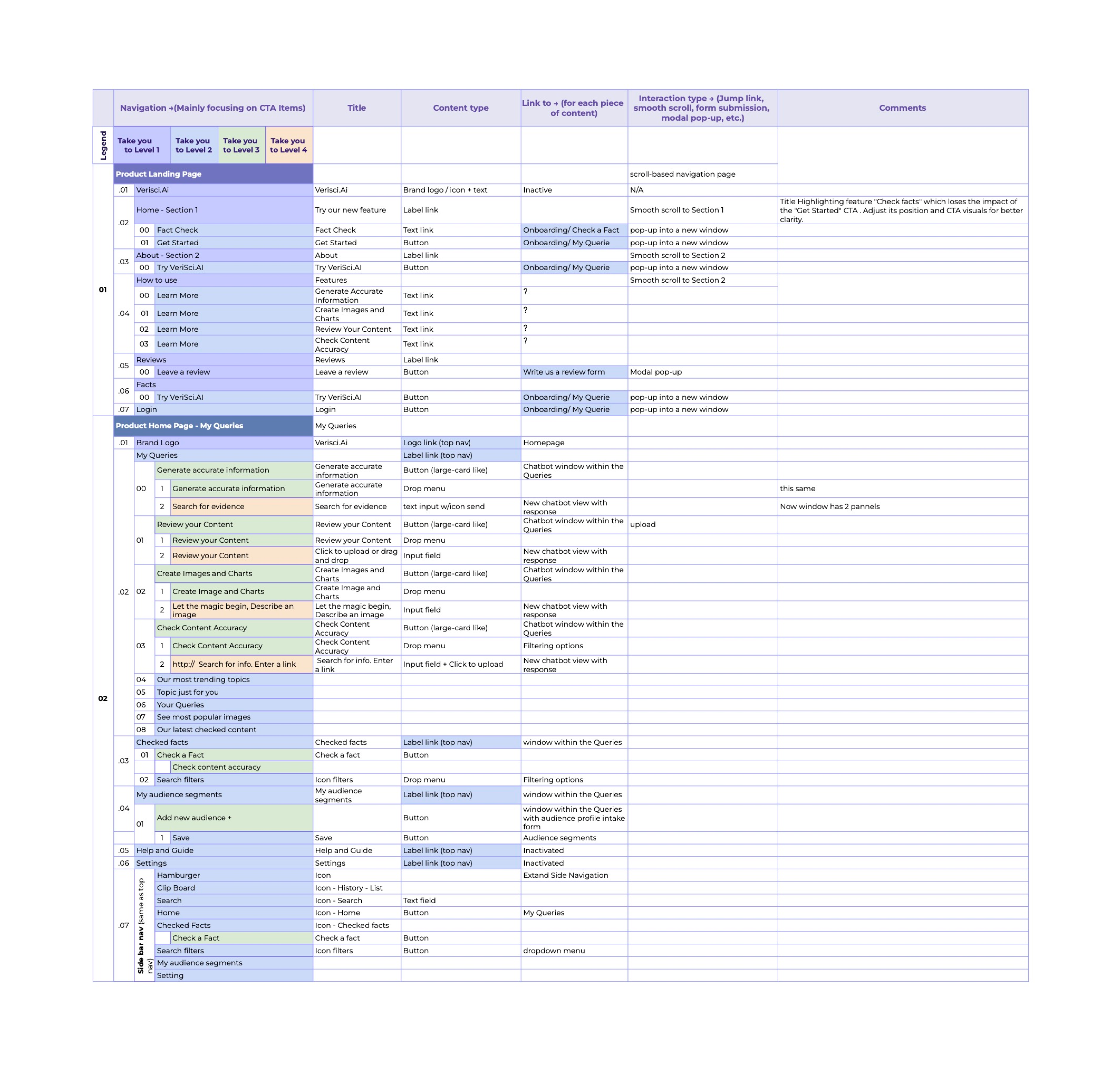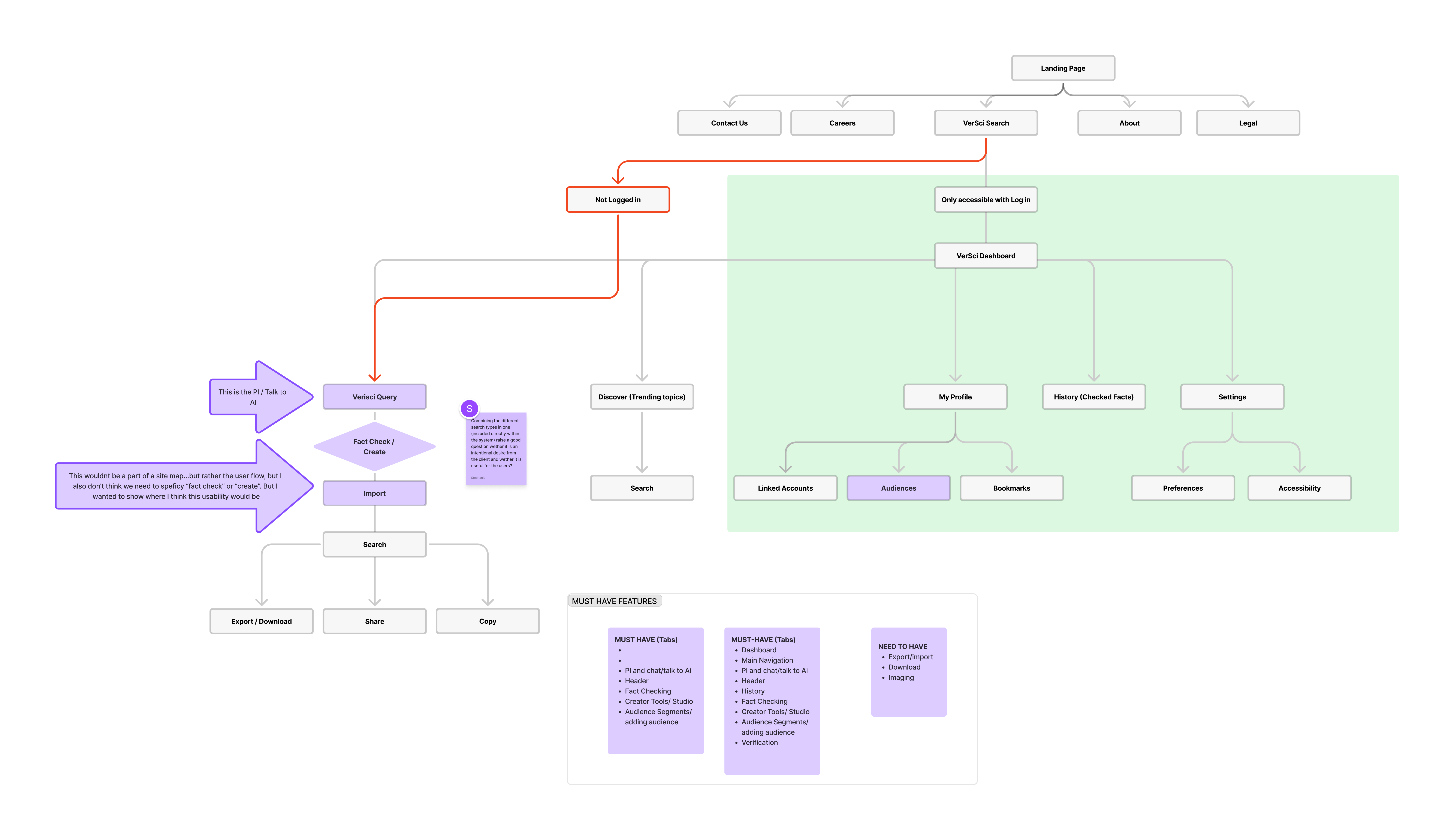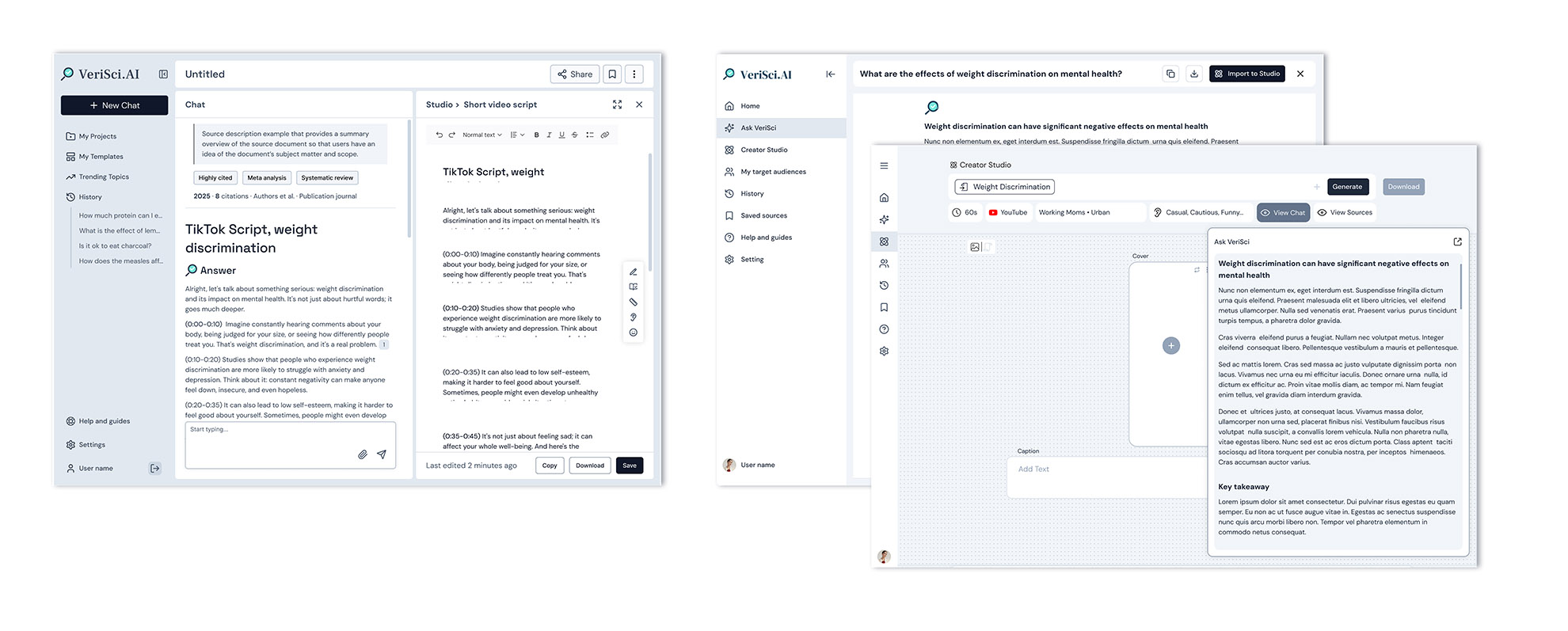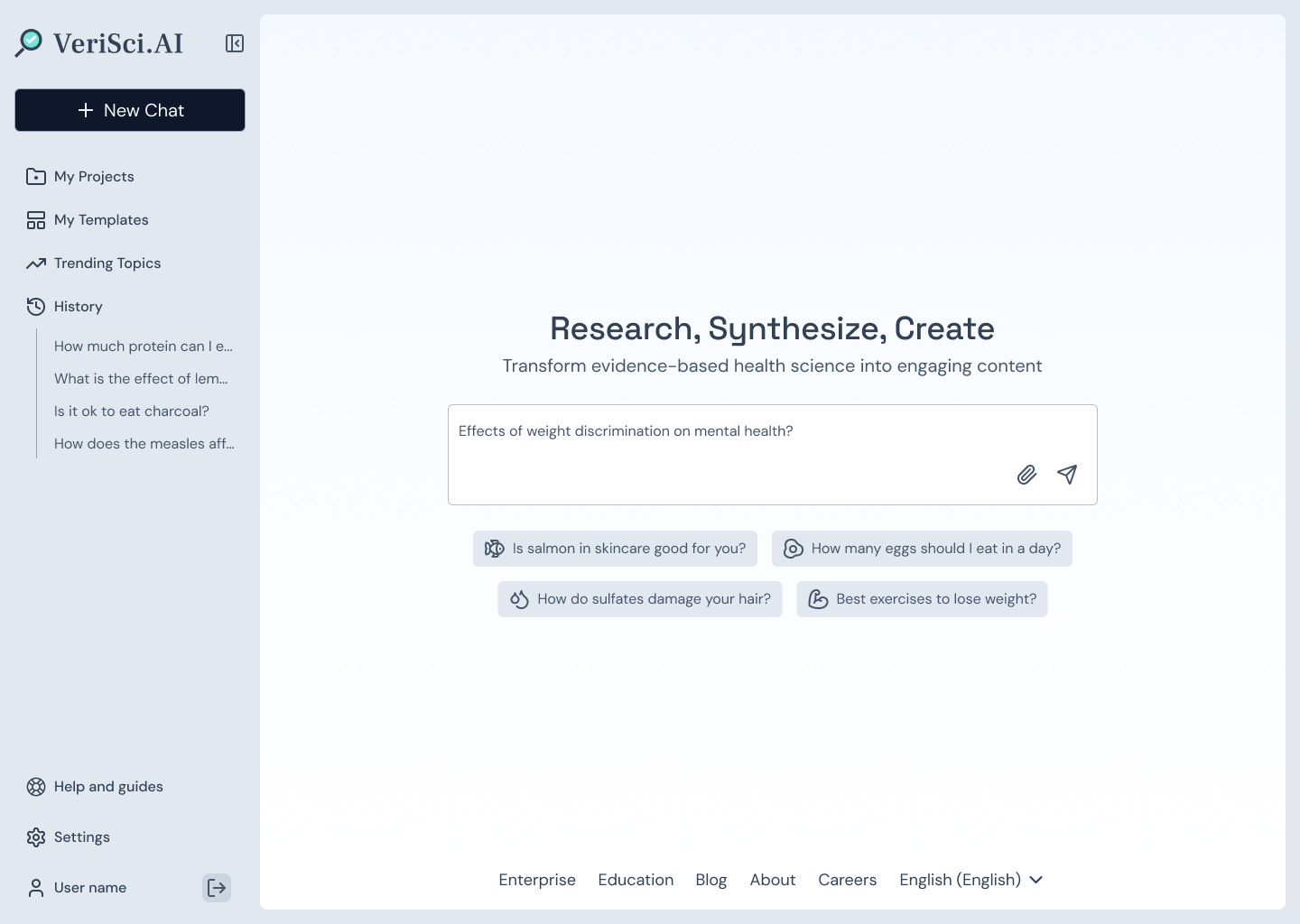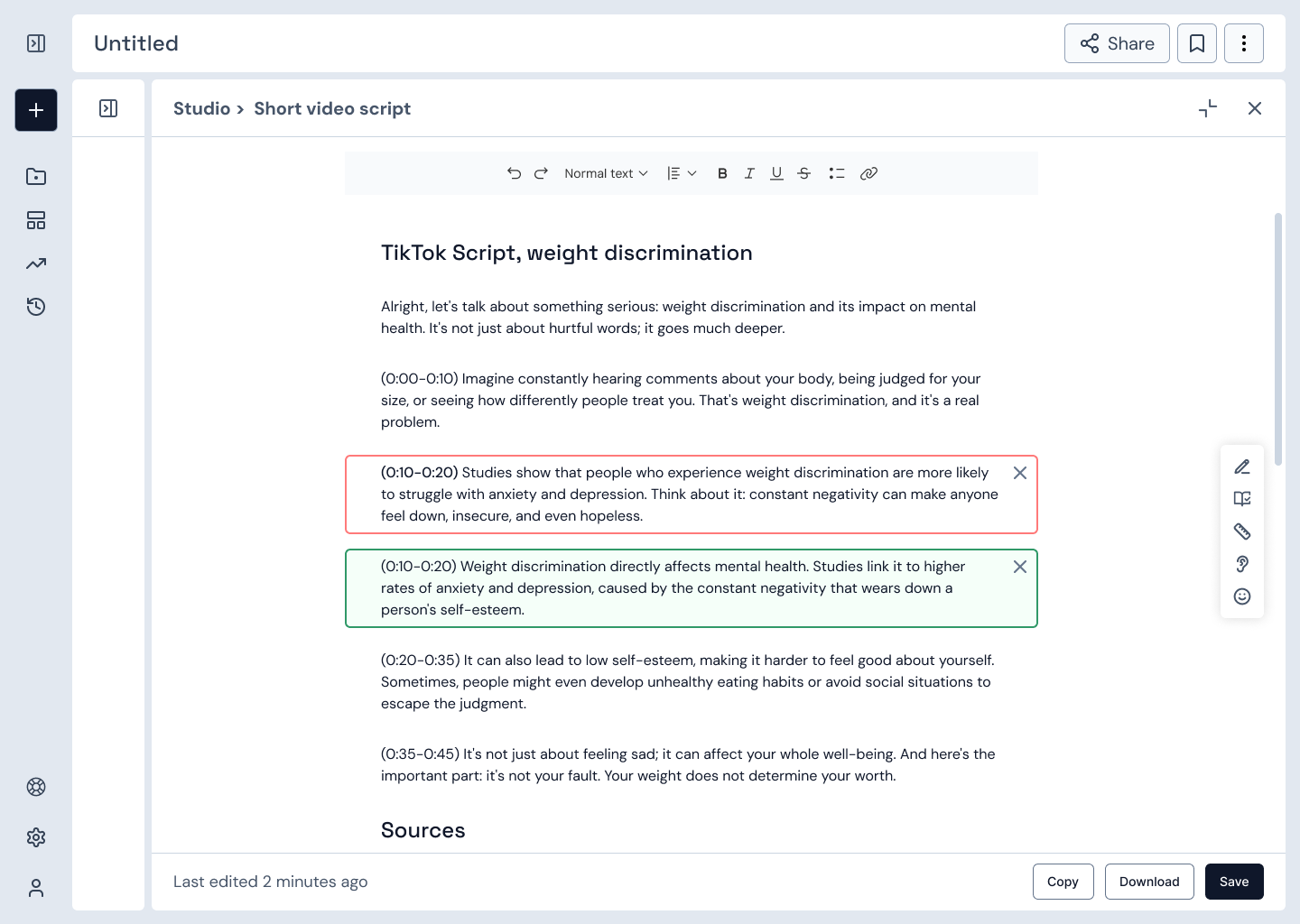Social media platforms like Instagram, TikTok, and X dominate how many people access information, which makes the general public particularly vulnerable to misleading health claims. The stakes are high:
- 4 out of 5 people go online for health information.
- 87% of social media posts on health topics contain inaccuracies.
- 54% of users report believing false claims they see online.
Communicators need tools that bridge the gap between research and public understanding in order to combat health misinformation online but translating complex scientific research into content that resonates is challenging! Oversimplification risks losing credibility. Overly technical content can confuse or disengage audiences. This is why Science to People is developing VeriSci. Built on a Large Language Model (LLM) trained exclusively on vetted, peer-reviewed papers, VeriSci transforms complex scientific data into clear, audience-specific content.
By making it easier for creators to produce accurate, engaging, and credible content efficiently, VeriSci helps health communicators combat misinformation and improve public health literacy, all while maintaining the tone, authenticity, and trust their audiences expect.

